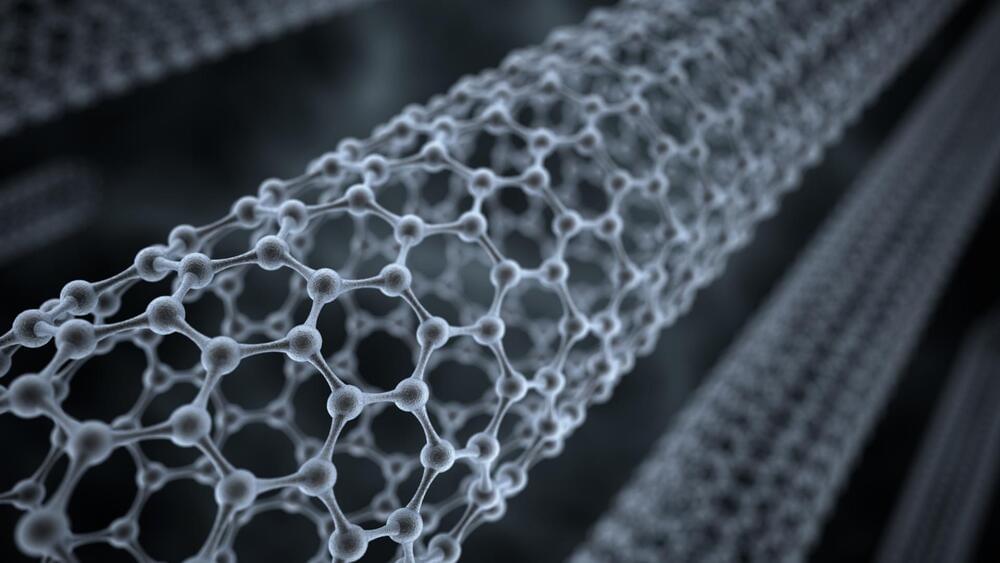Nov 12, 2022
Max Plank AI Researchers Have Developed Bio-Realistic Artificial Neurons That Can Work In A Biological Environment And Can Produce Diverse Spiking Dynamics
Posted by Kelvin Dafiaghor in categories: biological, chemistry, robotics/AI
The development of neuromorphic electronics depends on the effective mimic of neurons. But artificial neurons aren’t capable of operating in biological environments. Organic artificial neurons that work based on conventional circuit oscillators have been created, which require many elements for their implementation. An organic artificial neuron based on a compact nonlinear electrochemical element has been reported. This artificial neuron is sensitive to the concentration of biological species in its surroundings and can also operate in a liquid. The system offers in-situ operation, spiking behavior, and ion specificity in biologically relevant conditions, including normal physiological and pathological concentration ranges. While variations in ionic and biomolecular concentrations regulate the neuronal excitability, small-amplitude oscillations and noise in the electrolytic medium alter the dynamics of the neuron. A biohybrid interface is created in which an artificial neuron functions synergistically with biological membranes and epithelial cells in real-time.
Neurons are the basic units of the nervous system that are used to transmit and process electrochemical signals. They operate in a liquid electrolytic medium and communicate via gaps between the axon of presynaptic neurons and the dendrite of postsynaptic neurons. For effective brain-inspired computing, neuromorphic computing leverages hardware-based solutions that imitate the behavior of synapses and neurons. Neuron like dynamics can be established with conventional microelectronics by using oscillatory circuit topologies to mimic neuronal behaviors. However, these approaches can mimic only specific aspects of neuronal behavior by integrating many transistors and passive electronic components, resulting in a bulky biomemtic circuit unsuitable for direct in situ biointerfacing. Volatile and nonlinear devices based on spin torque oscillators or memristor can increase the integration density and emulate neuronal dynamics.

















